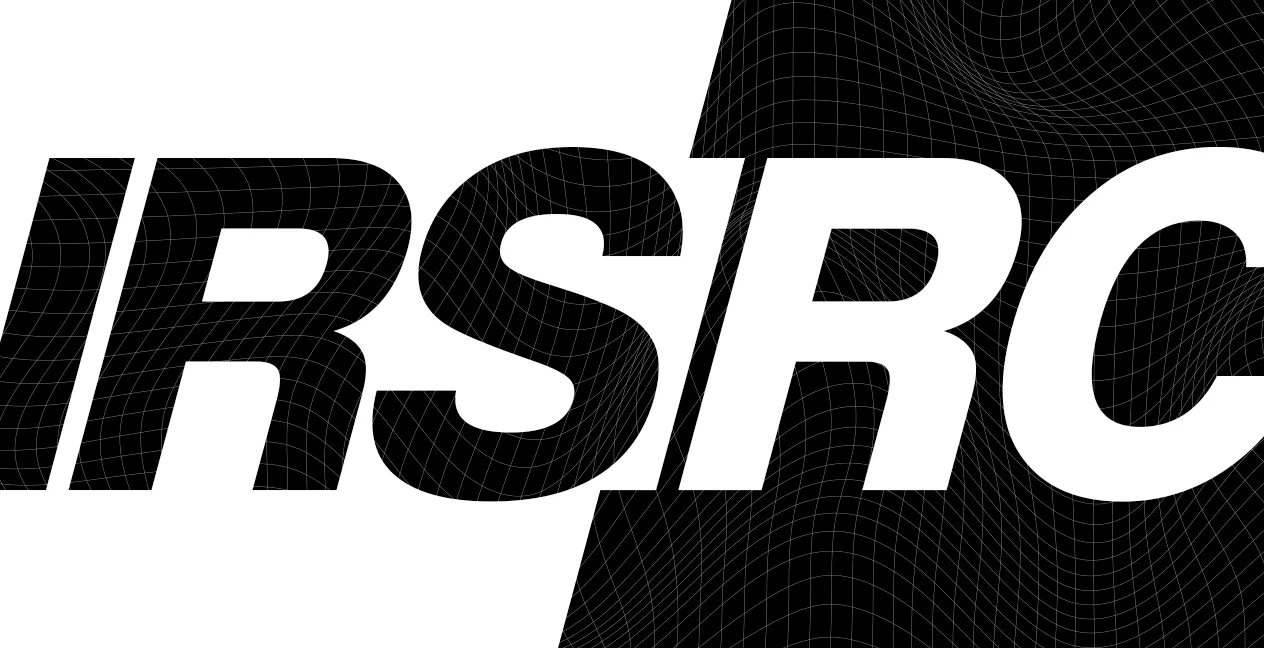
Created by Lucas Luís at Wednesday, 9 April 2025
What is the difference between IRS and IRC?
The difference between IR and IR lies in the type of taxpayer and the nature of the taxed income. Here is the explanation in a clear and direct way:
IRS – Personal Income Tax
Applies to: Individuals (natural persons and self-employed individuals).
Taxes: Personal income, obtained through dependent work (salaries), self-employment (provision of services), real estate income, capital, pensions, among others.
Calculation basis: Taxpayer's overall income, divided by categories (A, B, E, F, G, H).
Progressive: The more you earn, the higher the applicable rate (income brackets with increasing rates).
Examples: An employee, an individual doctor, or a landlord renting a property.
IRPJ – Corporate Income Tax
Applies to: Legal entities (companies, societies, cooperatives, associations, foundations, etc.).
Taxes: The company's taxable profit — that is, the income obtained minus the costs and expenses accepted for tax purposes.
Fixed rate: The general IRPJ rate is 21%, which may be increased by municipal and state surcharges.
Annual assessment: The company presents the accounts for the year (profits and losses), and tax is applied to this result.
Examples: A limited company (Lda), a SA or an agricultural cooperative.
Resume
Feature | IRS | IRPJ |
|---|---|---|
Applies to: | Individuals | Legal entities |
Taxed income: | Personnel (salaries, rent, services) | Profit from business activity |
Rate Type: | Progressive (up to 48%) | Fixed (21% + surcharge) |
Example of taxpayer: | Worker, liberal professional | Company, business society |
Articles that may be of interest to you:
Is the purchase of a car included in the IRS?
Car maintenance and repair in the IRS: what can be deducted?






